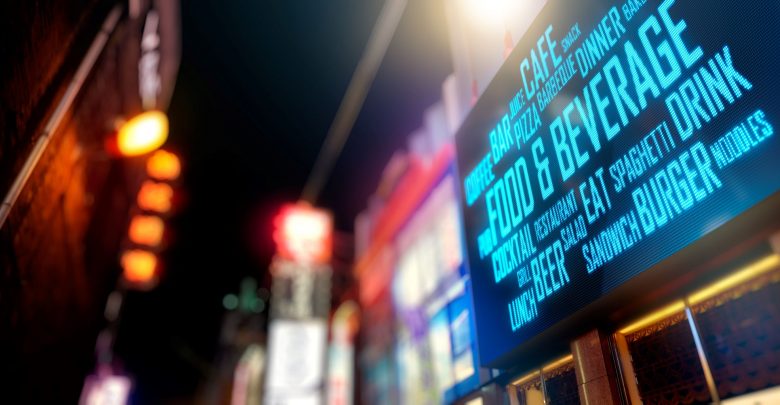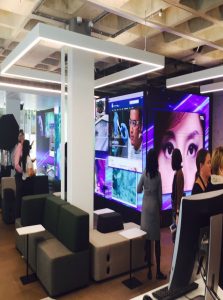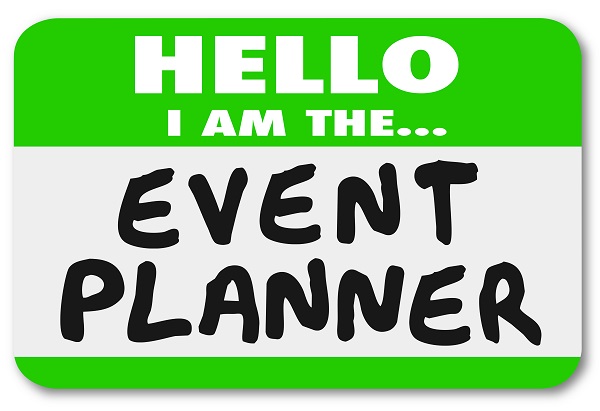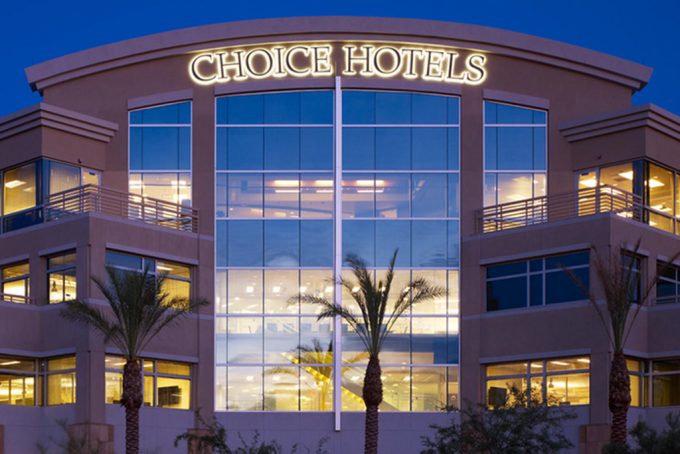
Telegraph your property with the right signage
When visitors arrive, a sign is their first point of contact with you and a well located and designed one will set up expectations for a quality experience.
Once a visitor enters your world, they must be able to easily orientate. They don’t want to think too hard, so assistance with a quick and easy mental map is recommended. Making your environment user-friendly creates order, stops confusion, and promotes relaxation.
Signs are a way to share essential information with your visitors. This might include rules and regulations or safety requirements, it may also inform them of risks.
Make sure that your signs comply with the law – not only to protect visitors and staff from potential dangers but to protect yourself from prosecution and liability.
Safety signage is especially important around pools and spas. Emergency exit signs and no smoking and fire safety signage should be carefully displayed on every premise. Warning signs might include barbecue rules, maximum height bars in car parks and ‘slippery when wet’ signs, or property protection and operating hours.
One of the most important elements of signage is not necessarily how it is designed, but how the sign is received. For instance, it may be important to you to have a list of ‘do not’ rules. ‘No running. No Smoking. No jumping. No parties…’ But how are these signs perceived?
‘Do not’ signs may come across as petty, at a time when your guests most want to have fun and relax, these signs may be received as too directive, too bossy, or even bullying.

Simple well-designed signs that use diagrams, symbols and pictures tend to be better received and cross language barriers.
Signs can be used to attract people to places, either within your direct environment, such as the restaurant, or within your locale, such as a beach or entertainment centre.They can also promote your business and upcoming events, specials, gift incentives, achievements and awards or the history of your property.
Your signage should flow naturally from the front entrance throughout the property and compliment the environment.
While it’s important to have enough signs around your accom, don’t go crazy – having too many is off putting, so prioritise and be objective.
AccomNews asked Travis Anderson from MiView to point the way on signage best practice.
What are the best manufacturing materials and their advantages?
When it comes to building signage for hotels, we naturally think LED display should preferably be part of the mix, but it needs to be constructed and con-trolled in such a way it does not present a fire hazard. Non-flammable materials and safety circuitry is a must.
Are illuminated light boxes and letters important to creating a first impression?
Yes illumination in hotel signage is important, as so often guests will arrive at night and you only have one chance at a first impression.
What are the options for LED or neon tubes?
Not surprisingly we think LED should be the illumination technology of choice. As a light source it’s far more durable than neon or fluorescent tubing. It’s also more energy efficient. Whether you need to take this LED preference through to picture quality LED display is an-other matter.
Outdoor LED display certainly makes sense for hotels with lots of passing traffic, whether to offer to advertisers or to promote events at the hotel.
If used artistically, LED display can also be a great way to get a hotel noticed. There are some great examples of this overseas.
How can your pylon/totem signage create maximum impact?
That’s very simple to answer. A moving image is three or four times more likely to be noticed than a static image, and LED screens are the best method of display. However, a moving image does face regulatory hur-dles in many jurisdictions. You may have to settle for static images that can be gently cycled instead.
From design to installation, what should operators consider when choosing a signage company?
We can’t speak for the signage inave some strong advice codustry at large but we do hncerning LED display technology.
It requires a level of expertise that is usually beyond conventional sign makers. You need the screen content to look right on the screen, the brightness level adjusted relative to prevailing conditions, and the screen to be monitored remotely. Not everyone can do these things. You also need proper ongoing product support and maintenance in order to keep up appearances.
LED display is regenerative technology that needs attention occasionally. Nothing conveys indifference like a neglected LED display.

AccomNews is not affiliated with any government agency, body or political party. We are an independently owned, family-operated magazine.






